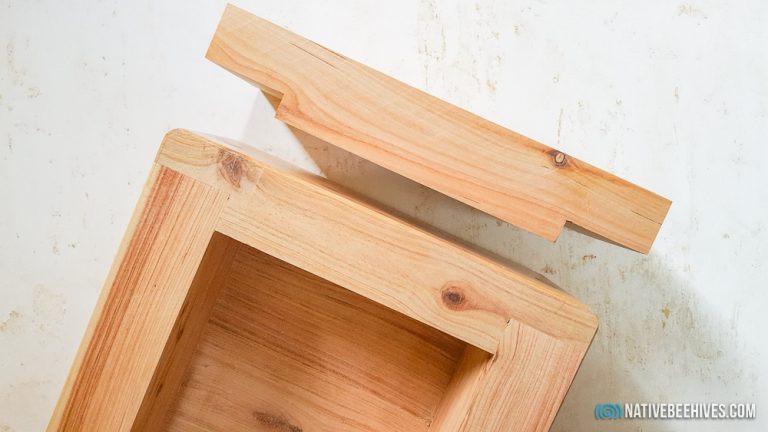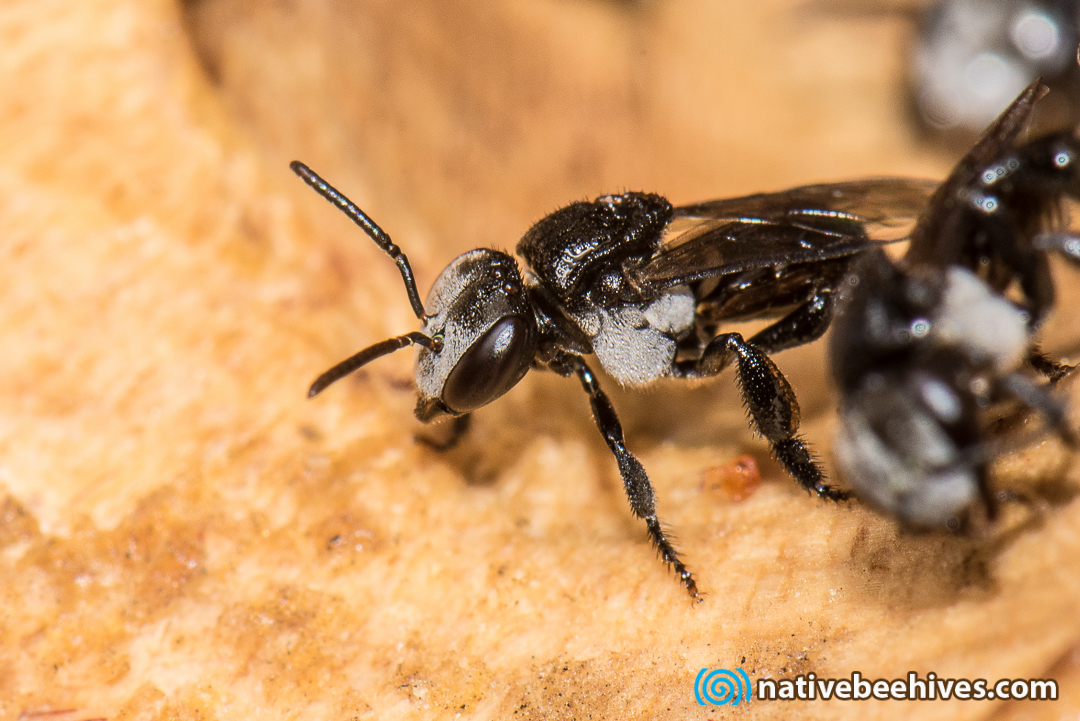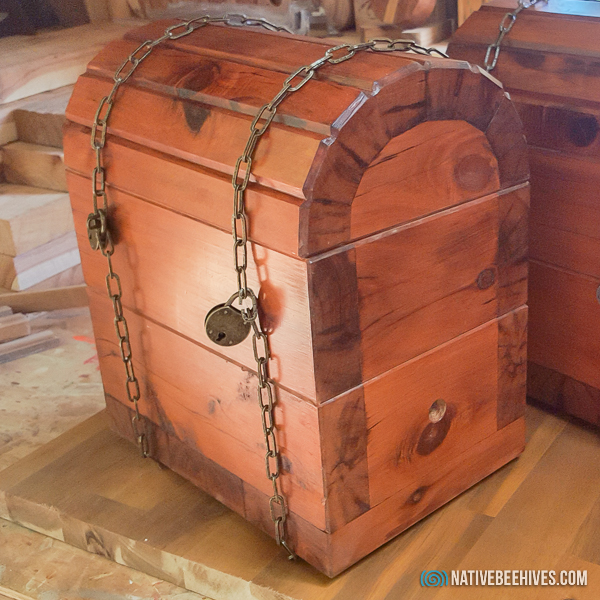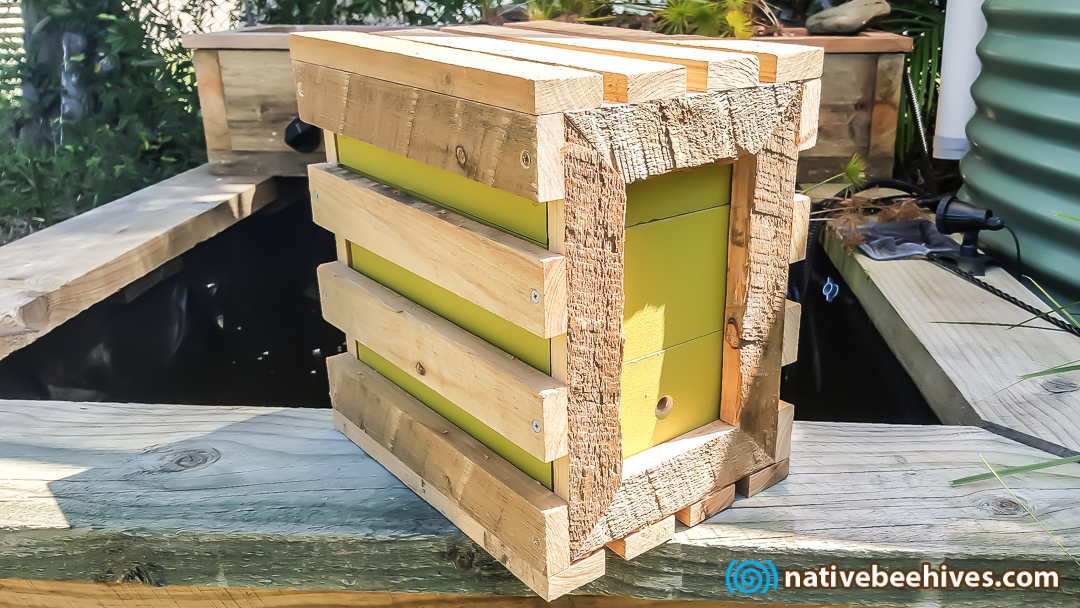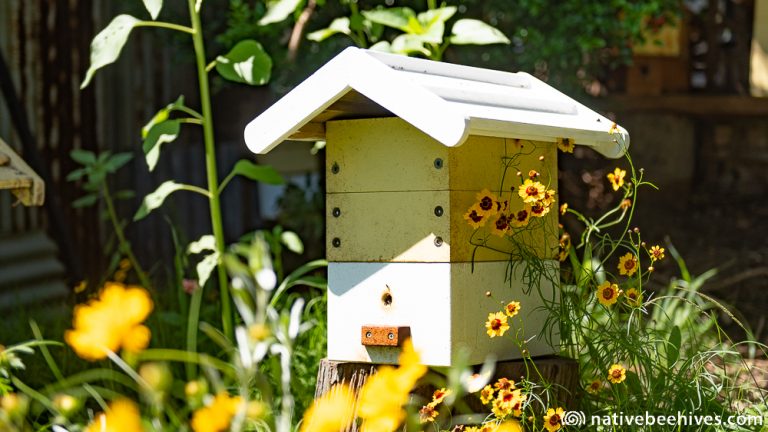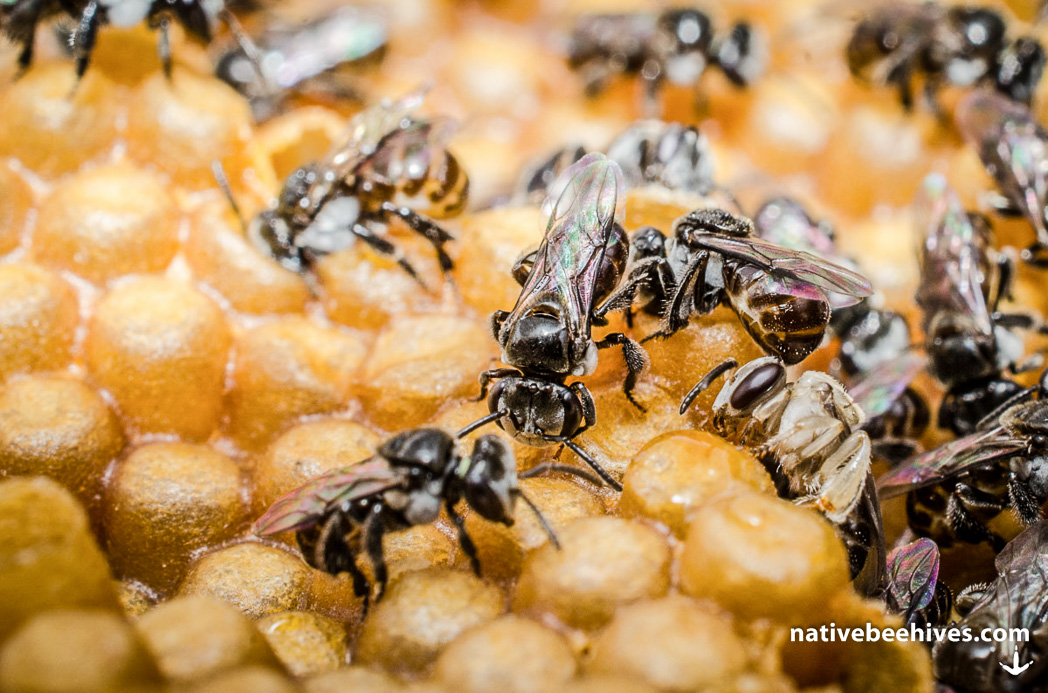
Creating a new hive
For Methods 1 to 4 you will need an existing hive colony – either already purchased or naturally occurring on your property. Buy a Native Bee Hive full with Bees – see a list of sellers here AussieBee.com.au/SellerList Methods of creating
